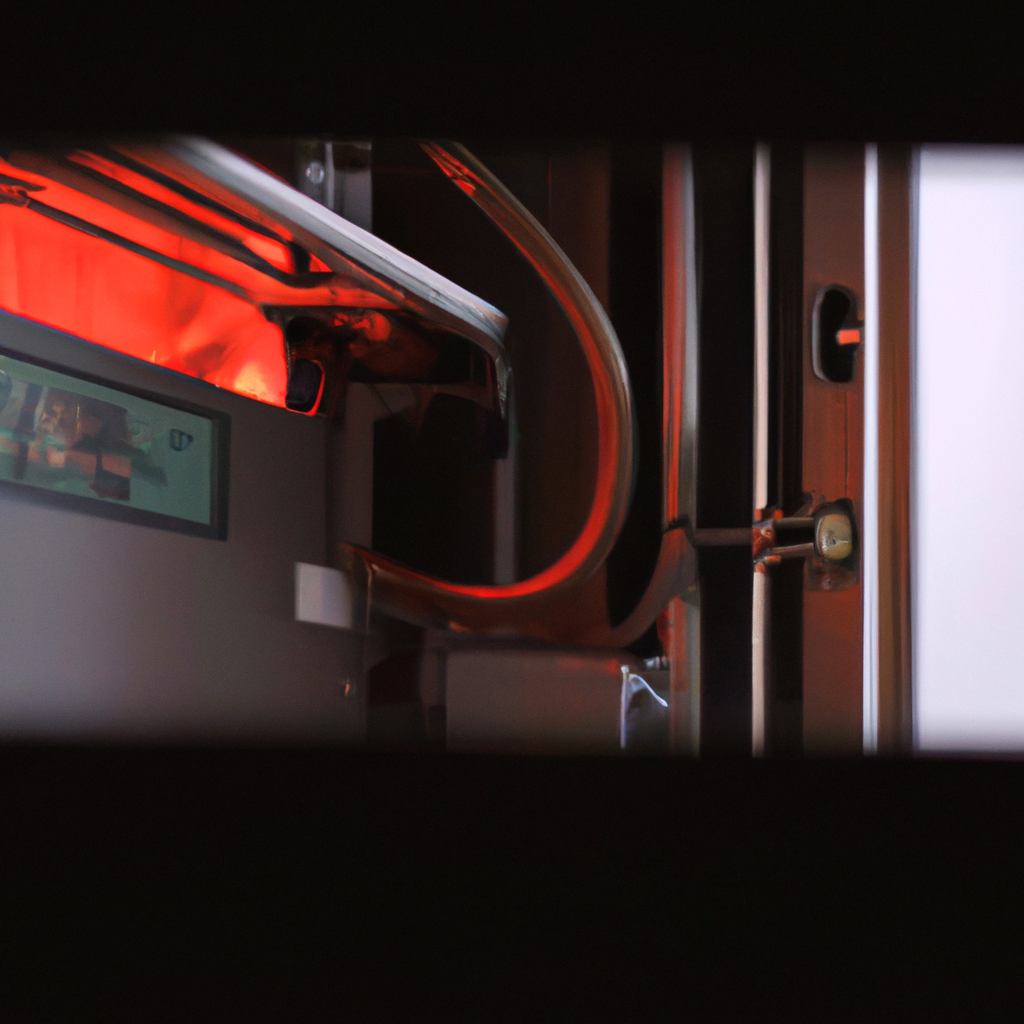Gas furnaces are a popular choice for home heating systems due to their cost-effectiveness, reliability, and energy efficiency. However, many homeowners are curious about how they work and what makes them so efficient. In this article, we will explore the various components of a gas furnace and how they work together to heat a home. We will also discuss the benefits of gas-powered heating and how it can improve your home comfort and energy efficiency.
What is a Gas Furnace?
A gas furnace is a type of central heating system that uses natural gas as its primary fuel source. It consists of several components, including a burner, heat exchanger, blower, and thermostat. The burner is responsible for creating a flame that heats the air inside the heat exchanger. The blower then circulates this hot air throughout the home via a network of ducts and vents. The thermostat controls the temperature of the home by turning the furnace on and off as needed.
How Does a Gas Furnace Heat a Home?
1. Ignition and Combustion: The gas furnace operation begins when the thermostat signals the furnace to turn on. The burner ignites the natural gas, creating a flame that heats the air inside the heat exchanger. The combustion process generates heat, which is transferred to the air passing through the heat exchanger.
2. Heat Transfer: The heat exchanger is a metal chamber that is designed to transfer heat from the combustion process to the air passing through it. As the air moves over the heat exchanger, it absorbs the heat and becomes hot.
3. Air Circulation: The blower motor then forces the hot air through the ductwork and into the various rooms of the home. The ductwork is designed to distribute the heated air evenly throughout the home, ensuring that every room is heated to the desired temperature.
4. Thermostat Control: The thermostat is the device that controls the temperature of the home. It senses the temperature in the room and sends a signal to the furnace to turn on or off as needed to maintain the desired temperature. When the temperature drops below the set point, the thermostat signals the furnace to turn on and heat the home. When the temperature reaches the desired level, the thermostat signals the furnace to turn off.
Benefits of Gas-Powered Heating
Gas-powered heating offers several benefits over other heating technologies, including:
1. Energy Efficiency: Gas furnaces are more energy-efficient than electric heating systems, which can save homeowners money on their energy bills.
2. Cost-Effective: Natural gas is typically cheaper than electricity, making gas-powered heating more cost-effective in the long run.
3. Reliability: Gas furnaces are reliable and require minimal maintenance, which can save homeowners time and money on repairs.
4. Improved Comfort: Gas-powered heating can provide more consistent and comfortable heat throughout the home, which can improve overall home comfort.
Conclusion
In conclusion, gas furnaces are an efficient and cost-effective way to heat a home. The combustion process generates heat, which is transferred to the air passing through the heat exchanger. The blower motor then circulates the heated air throughout the home via a network of ducts and vents. The thermostat controls the temperature of the home by turning the furnace on and off as needed. Gas-powered heating offers several benefits, including energy efficiency, cost-effectiveness, reliability, and improved comfort. By understanding how a gas furnace works, homeowners can make informed decisions about their home heating system and ensure that their home is warm and comfortable all winter long.







